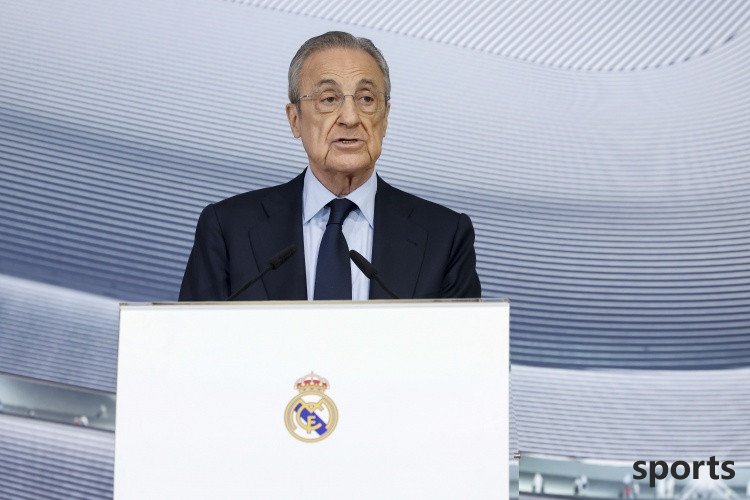As: La Liga s overall sales of broadcast rights increased by 1 billion euros, but the dispute with Real Madrid is getting stronger
10:03pm, 7 May 2025Football

May 2, Recently, "As" talked about the La Liga's revenue increasing by 1 billion euros after the overall sale of television rights, but the dispute between Real Madrid and La Liga has become increasingly fierce.
On April 30, 2015, the Spanish government promulgated the Royal Decree No. 5/2015, aiming to centrally sell television broadcast rights. The move is intended to enable all teams in La Liga and Serie II to jointly sell their game broadcast rights and distribute revenues in a more equitable way.
This measure ends the dominance of large clubs in the market, allowing small clubs to no longer have to share their meager income. Although this policy has increased television revenue by 117.9% over the past decade (from 844 million euros to 1.8397 billion euros), the La Liga has met a staunch opponent, Real Madrid.
Real Madrid Chairman Florentino was a supporter of the separate sale of broadcast rights, but he eventually agreed to the collective sale. However, the conflict between him and La Liga president Tebas is growing.
The two frequently accused each other in public and even filed nearly one hundred legal lawsuits. In 2023, Perez claimed that under the Royal Order No. 5/2015, the club had the right to utilize audio visual rights within two minutes before and after the game, while Tebas retorted that these rights belonged to La Liga and all clubs.
Ten years ago, La Liga faced a serious financial crisis, with many clubs heavily in debt and even facing bankruptcy. To address this problem, La Liga took a series of measures, including the introduction of an economic control mechanism, which laid the foundation for the subsequent centralized sale of television rights. Small clubs believe that by selling broadcast rights collectively, they can increase their total revenue instead of reducing the revenue of big clubs.
This model has been successful in the Premier League, when the G-30 league, composed of 30 small and medium-sized clubs, demanded a change in the status quo, hoping to jointly sell broadcast rights like the Premier League.
Although initially opposed by the G-12 (the 12 largest clubs), Real Madrid and Barcelona finally agreed to join, which led to the change. However, over time, the relationship between the two sides gradually deteriorated. Especially since 2015, the relationship between Real Madrid and La Liga has become increasingly tense.
Today, most clubs still support La Liga and its chairman Tebas, who believes that the current model is beneficial to the entire league, and Tebas himself is widely supported for his leadership and the maintenance of the interests of small clubs.
Related Posts
- In-depth analysis | Can Longbode Shining block the injured Tottenham at home at the Devil’s home court?
- Luo Ti: FIFA introduced a fine mechanism in the Club World Cup, Juventus lost 42,000 euros in his first match
- Ndiaye is newly added to the list. Since last season, only 5 players in the Premier League have scored 5+ goals with both feet.
- Romano: After Chelsea, Arsenal also asked about Ajax left-back Harto
- Senior Huang Qian: I expected to meet strong opponents, and it will be very special to play against Rodri at home
- Photo News: If Dortmund enters the top 16 of the Club World Cup, he will score 1 million to the players and send another 2 million to the top 8.
- A 2-0 game will let Miami final opponent come out! Messi strives for the 47th championship, time + court confirmation
- Georgina was raised by Ronaldo for 9 years, and her facial features and body shape have changed. Netizens: She is still beautiful before
- No stop! Yorke rushed to the stadium: Can t wait to meet the fans
